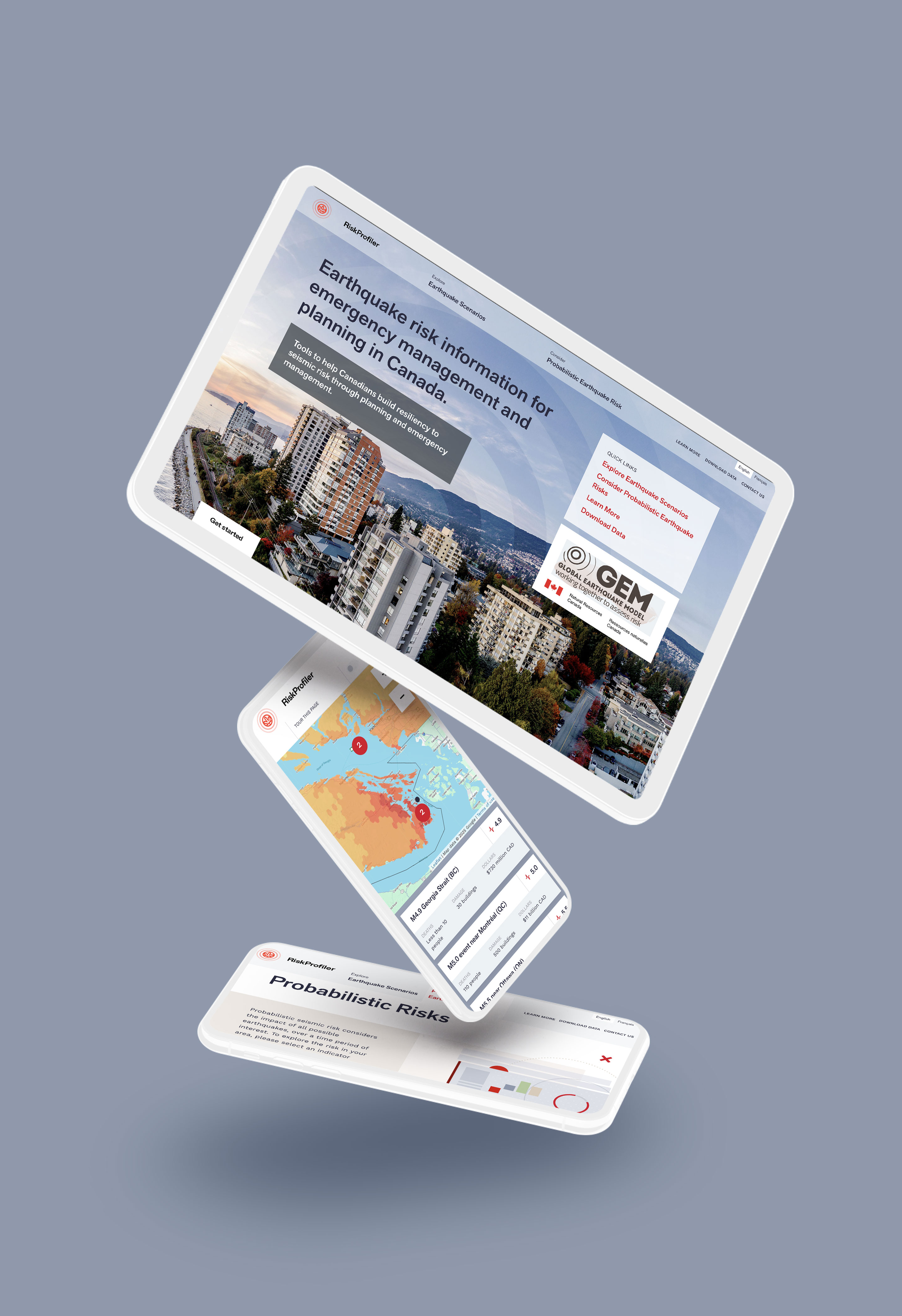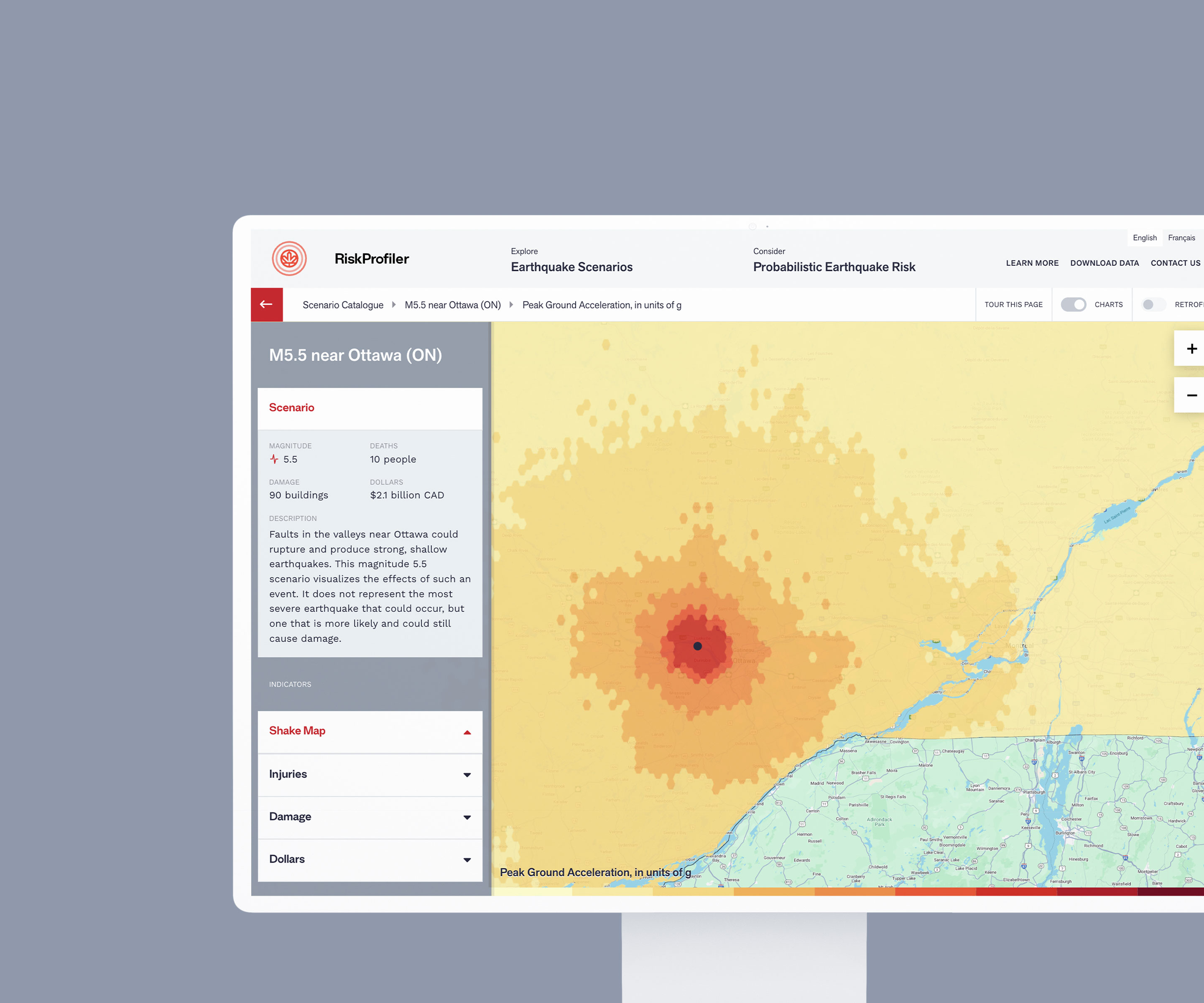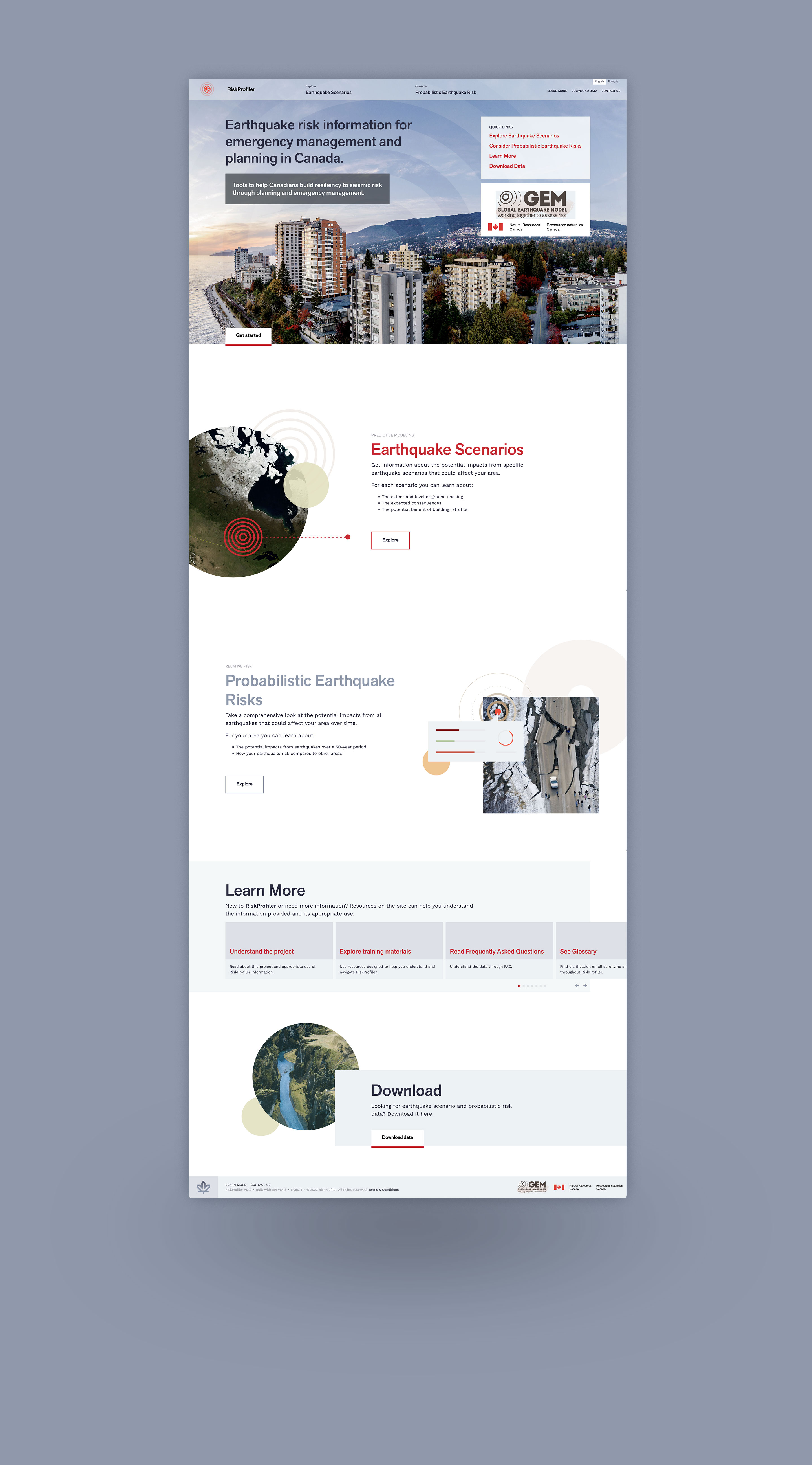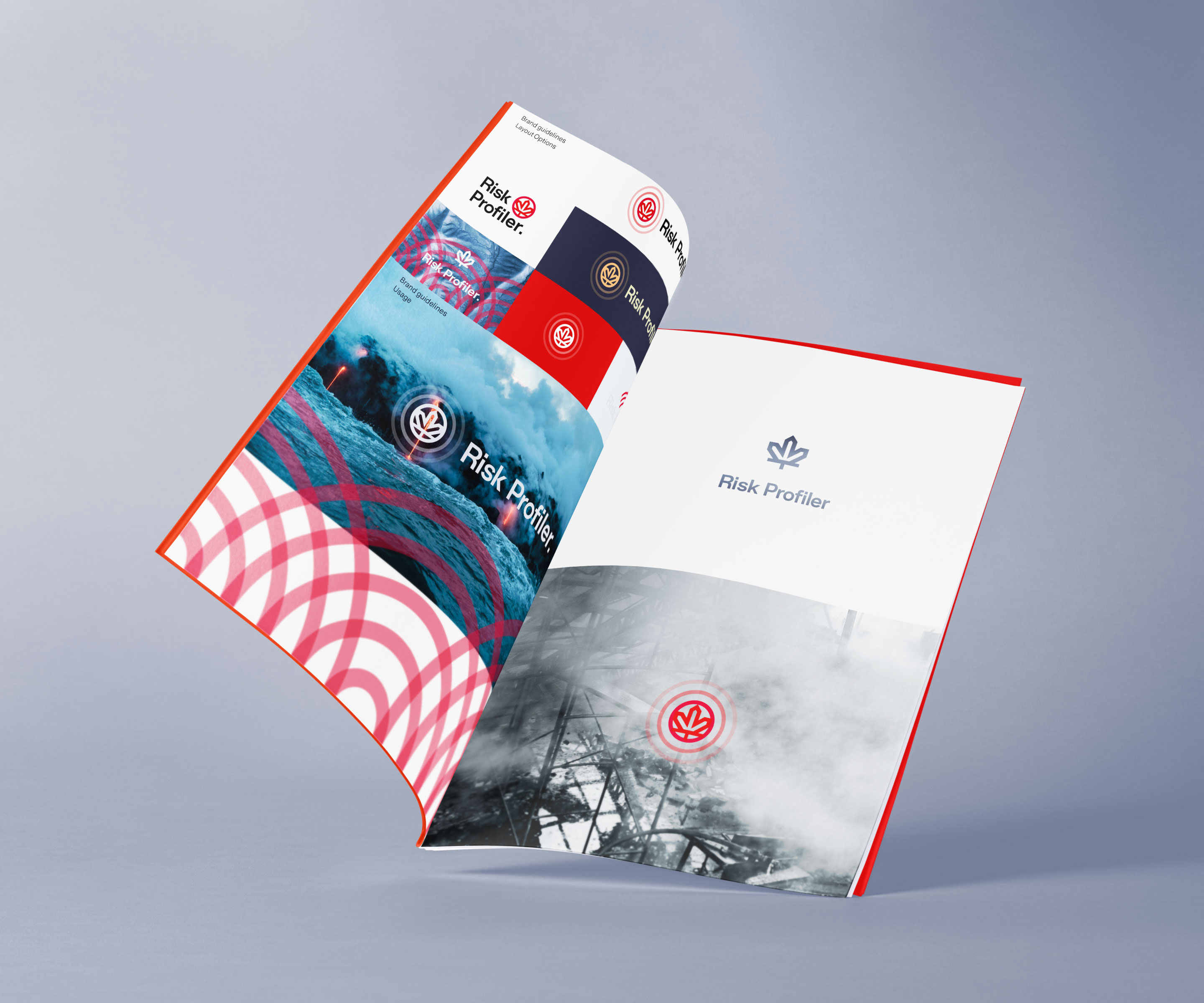What we did
Risk Profiler is a national data visualization platform designed to help communities, planners, and financial institutions understand and prepare for earthquake risk.
HabitatSeven led the user research, design, and back-end development of Risk Profiler to deliver high-resolution seismic hazard and exposure data sourced from national and international datasets.
The challenge was to build a system that could translate complex geophysical models into intuitive visual insights for non-scientist decision-makers, so they can factor seismic risk into planning, insurance, and investment decisions.
User research and strategy
Stakeholders identified a key barrier: earthquake risk data is often inaccessible, fragmented, or presented in technical formats difficult for non-experts to interpret. Risk Profiler was therefore designed to make seismic risk information understandable and actionable—providing high-resolution visualizations of ground-shaking intensity, exposure, and potential loss through interactive maps, graphs, and downloadable data.

UX design
For Risk Profiler, we drew inspiration from the dynamic forces of the earth itself—using gradients and motion to represent seismic energy, fault intensity, and ground acceleration. The visual language evokes the tension and release of tectonic movement, with color transitions from deep blues (low hazard) to vivid reds (high hazard). We developed an interactive design system that carries seamlessly across the homepage, map interfaces, and analytical dashboards, ensuring a consistent and intuitive user experience from exploration to insight.


High-resolution mapping
A core feature of Risk Profiler is its high-resolution seismic mapping and visualization engine, enabling users to explore earthquake risk at the local scale. The mapping interface allows users to zoom into grid cells and regions, each clickable to reveal underlying data on ground-shaking intensity, fault proximity, building exposure, and modeled loss estimates over time. This fine-grained view empowers planners, insurers, and investors to assess site-specific vulnerabilities and make more informed resilience decisions.

Full stack development
A web stack was used that included MySQL for storing all the data and a robust WordPress integration with critical layers of security.

Brand design
A complete brand identity was developed for Risk Profiler, drawing from the visual language of seismic activity—vibrations, waveforms, and energy gradients. This design approach establishes Risk Profiler as a trusted, data-driven product that communicates both precision and urgency in understanding earthquake hazards.





